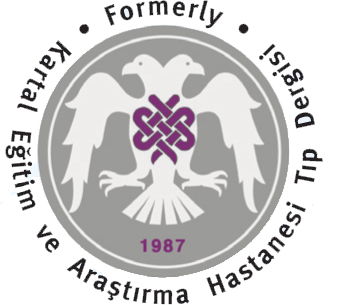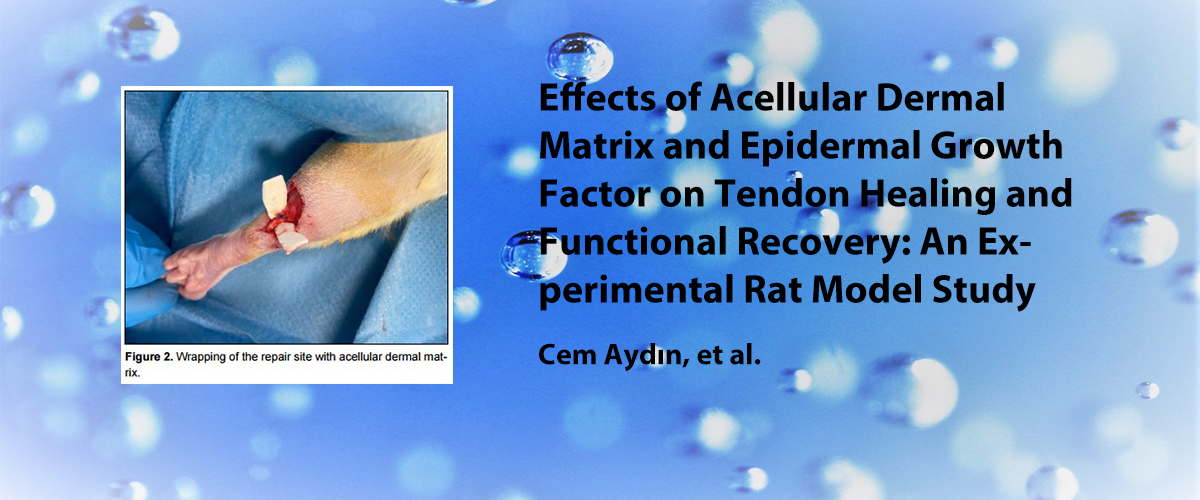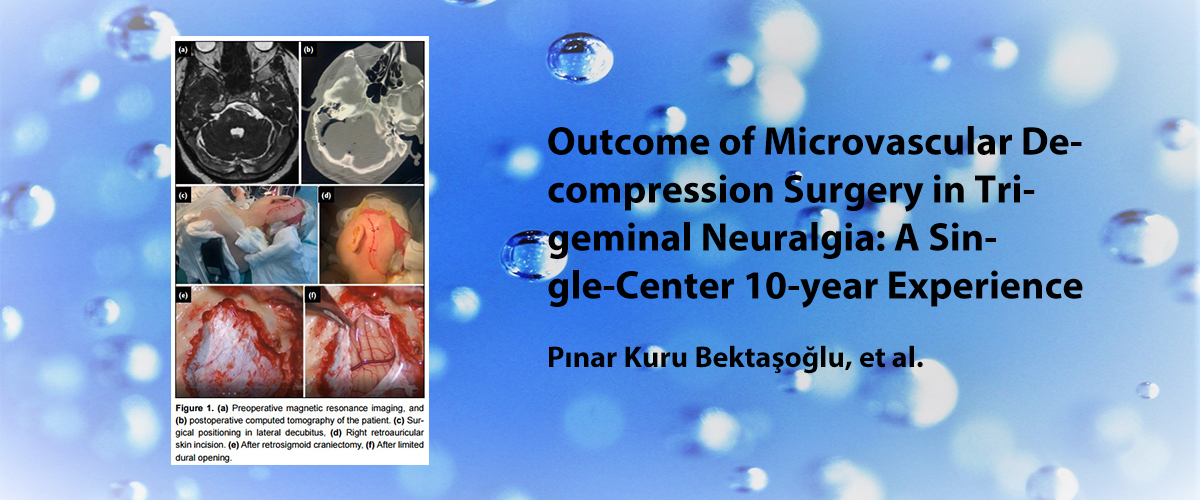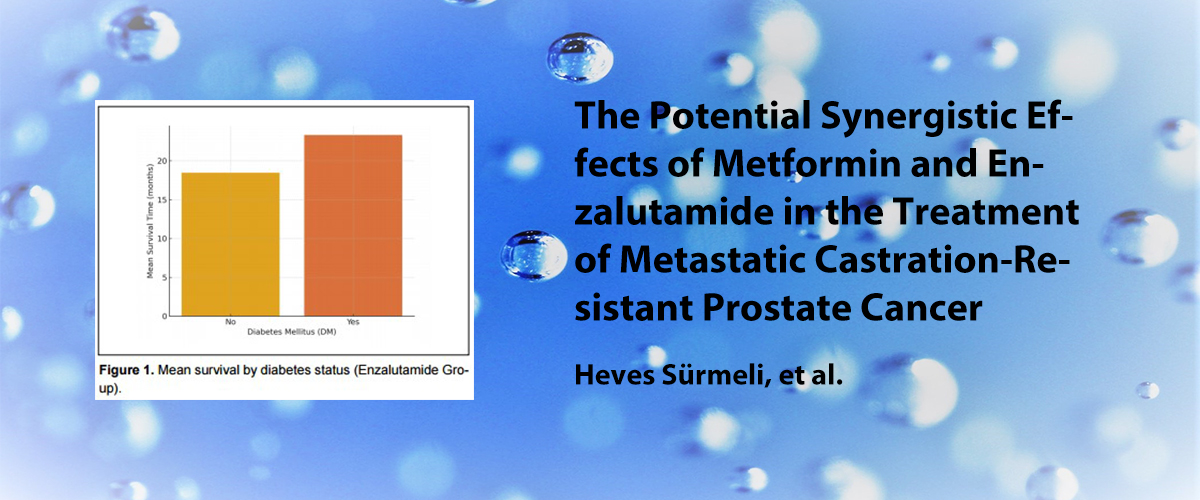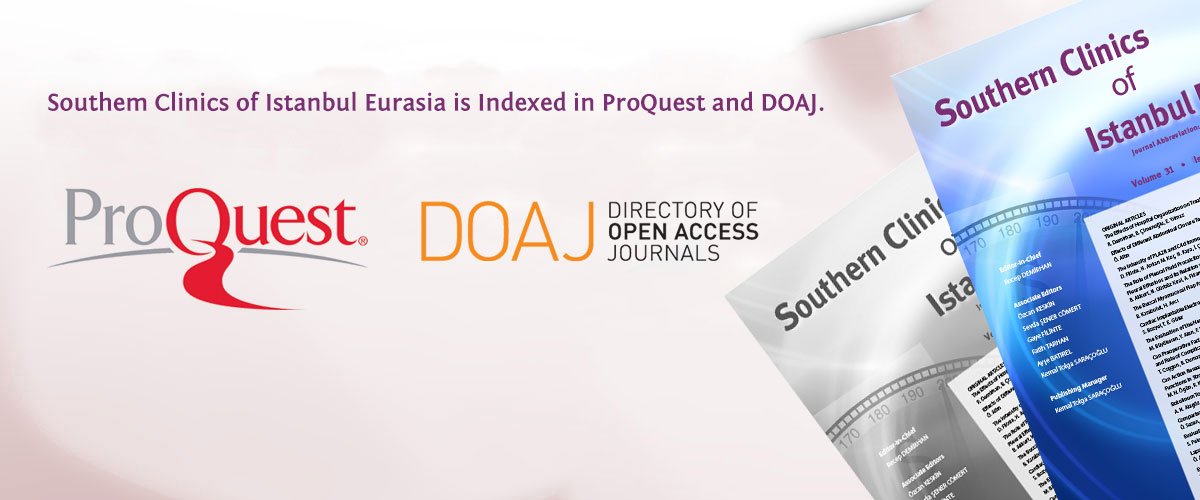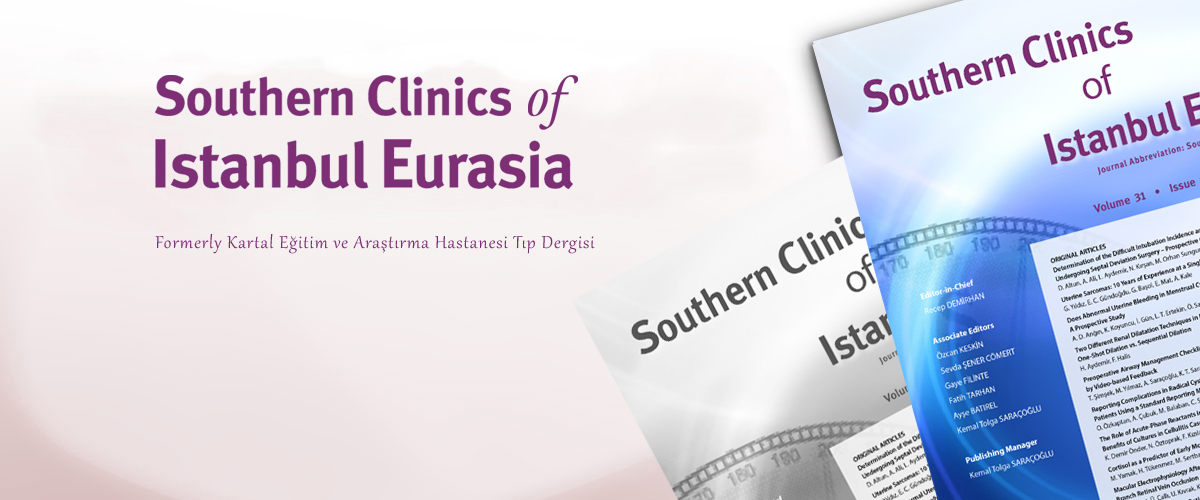ISSN : 2587-0998
Topografik Keratokonus Tarama Sınıflaması ile Görme Keskinliği, Refraksiyon ve Pakimetri Değerleri Arasındaki İlişki
Raziye Dönmez Gün, Burak TanyıldızKartal Dr. Lütfi Kırdar Şehir Hastanesi, Göz Hastalıkları Kliniği, İstanbul, TurkeyGİRİŞ ve AMAÇ: Amacımız bilinen keratokonus (KK) tanısı olmayan olgularda, görme keskinliği, refraktif ve pakimetrik parametreler ile topografik keratokonus tarama sınıflamasının (KKTS) ilişkisini değerlendirmektir.
YÖNTEM ve GEREÇLER: Bu geriye dönük çalışmada klinisyenlerin, KKtan şüphelenerek, topografi tetkiki istediği 183 hastanın 366 gözüne ait görme keskinliği, refraktif ve pakimetrik parametreler ile Sirius topografi (CSO, Frenze, İtalya) ile elde edilen KKTS sonuçları normal, şüpheli KK ve KK olarak geriye dönük not edilmiştir. Gözlere ait astigmatik değerler; < -1 D, -1 / -2 D, -2 / -4 D, and > -4 D olmak üzere dört gruba ayrılmış ve KKTS ile bu gruplar arasındaki ilişki değerlendirilmiştir.
BULGULAR: EİDGK şüpheli KK grubunda normal gruba göre yüksek (p=0.008), KK grubunda normal ve şüpheli KK grubuna göre düşük (sırasıyla
p=0.015, p<0.001) bulunmuştur. SKK değerleri şüpheli KK ve KK gruplarında normal gruba göre düşük (p<0.001), KK grubunda ise
şüpheli KK grubuna göre düşük (p<0.001) bulunmuştur. Şüpheli KK ve KK gruplarında sferik refraktif değerler normal grubuna göre yüksek (sırasıyla p=0.03, p<0.001), KK grubunda şüpheli KK grubuna göre yüksek (p<0.001) bulunmuştur. Astigmatik refraktif değerler ve sferik eşdeğer (SE), KK grubunda normal ve şüpheli KK grubuna göre yüksek (p<0.001) bulunmuştur. KK sınıfında astigmatik değeri 0/-1 D arası ve -1/-2D arası olan göz bulunma oranı düşük (p<0.05), > -4 D olan göz bulunma oranı yüksek saptanmıştır (p<0.05).
TARTIŞMA ve SONUÇ: Vizyonu refraksiyonla artmayan ve/veya SKK ince olan ve/veya yüksek astigmatizması olan hastalarda KK açısından topografik değerlendirme istenmelidir. Astigmatik refraktif değeri -1 Dnin altında olan gözlerde de KKTSnda şüpheli KK ve KK bulunma ihtimali mevcuttur, -4 Dden büyük olanlarda ise KK olarak işaretlenme ihtimali artmaktadır.
Relationship between Visual Acuity, Refraction and Pachymetry Values, and Topographic Keratoconus Screening Classification
Raziye Dönmez Gün, Burak TanyıldızDepartment of Ophthalmology, Kartal Dr. Lütfi Kırdar City Hospital, İstanbul, TurkeyINTRODUCTION: To evaluate the relationship between visual acuity, refractive and pachymetric parameters, and topographic keratoconus screening classification (KCSC) in patients without a known diagnosis of keratoconus (KC).
METHODS: This retrospective study included 366 eyes of 183 patients for whom topography examination was performed due to clinical suspicion of KC. Visual acuity, refractive and pachymetry parameters, and KCSC result (normal, suspect KC, or KC compatible) according to Sirius topography (CSO, Firenze, Italy) were noted retrospectively. The eyes were divided into 4 groups based on the magnitude of astigmatism (< -1 D, -1 to -2 D, -2 to -4 D, and > -4 D) and the relationship between these groups and topographic KCSC was evaluated.
RESULTS: BCVA was higher in the suspect KC group than in the normal group (p=0.008) and lower in the KC compatible group compared to the normal and suspect KC groups (p=0.015, p<0.001, respectively). CCT values were lower in the suspect KC and KC compatible groups
than in the normal group (p<0.001) and in the KC compatible group compared to the suspect KC group (p<0.001). Cylindrical values and spherical equivalent were higher in the KC compatible group than the normal and suspect KC groups (p<0.001). In the KC compatible group, fewer eyes had astigmatism of < -1 D or between -1 and -2 D (p<0.05), while significantly more eyes had astigmatism higher than -4 D (p<0.05).
DISCUSSION AND CONCLUSION: Patients whose vision did not improve with refraction, who had thin CCT, and/or high astigmatism should undergo topographic examination for KC. Eyes with cylindrical values less than -1 D may be classified as suspect KC or KC compatible, by topography while eyes with astigmatism higher than -4 D are more likely to be classified as KC compatible.
Makale Dili: İngilizce

